
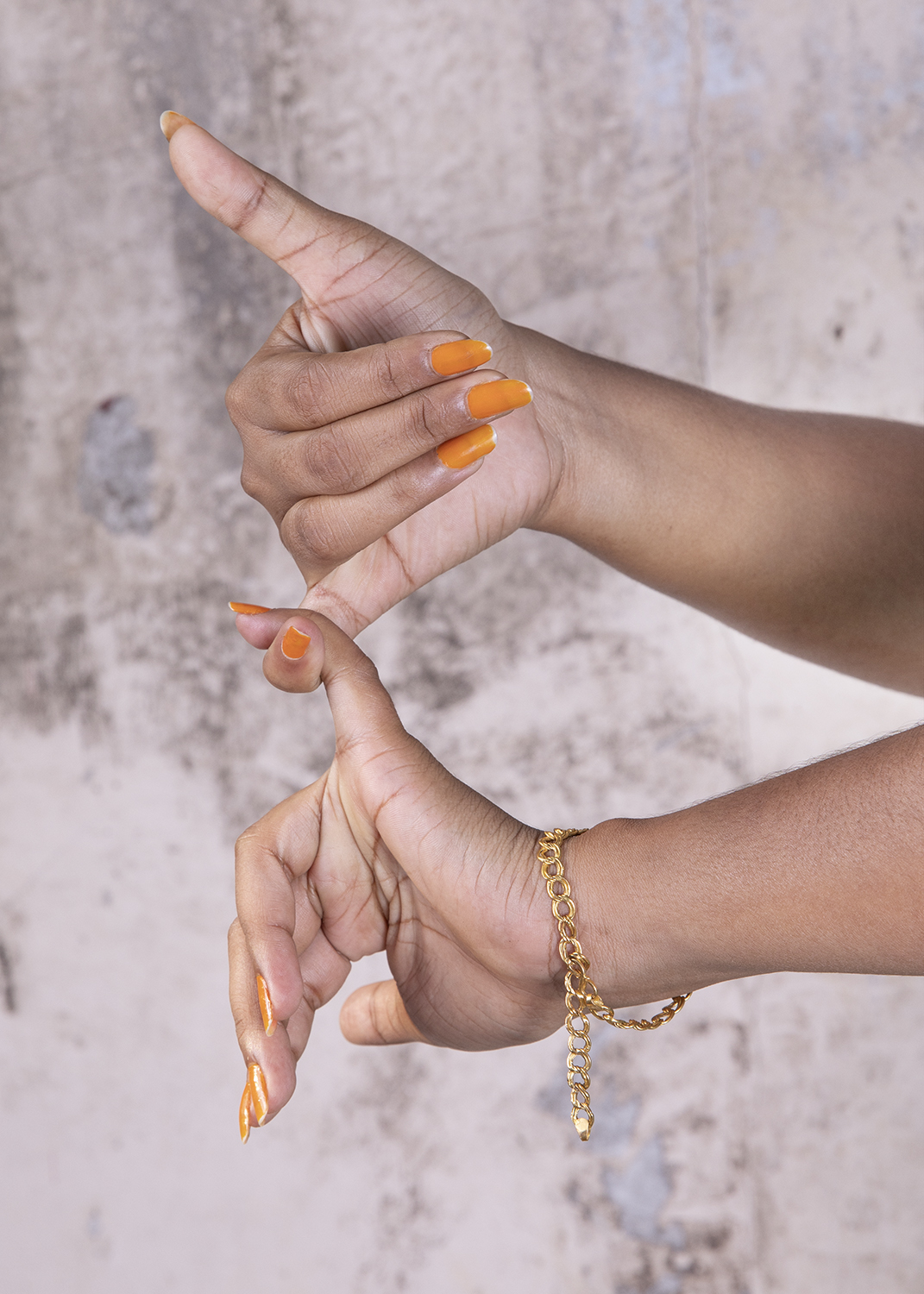
Photograph © Anouchka Renaud-Eck
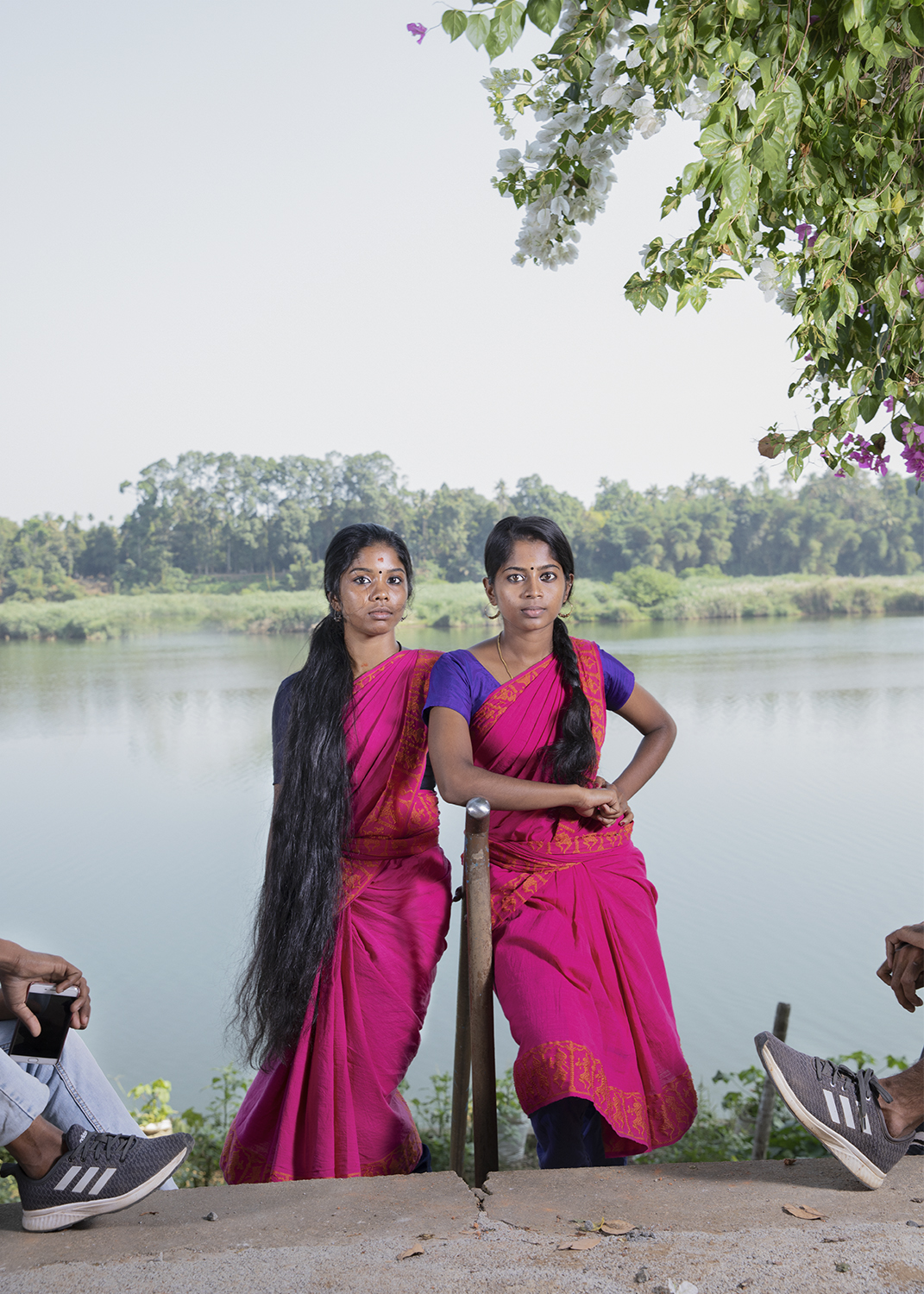
Photograph © Anouchka Renaud-Eck

Photograph © Anouchka Renaud-Eck

Photograph © Anouchka Renaud-Eck

Photograph © Anouchka Renaud-Eck
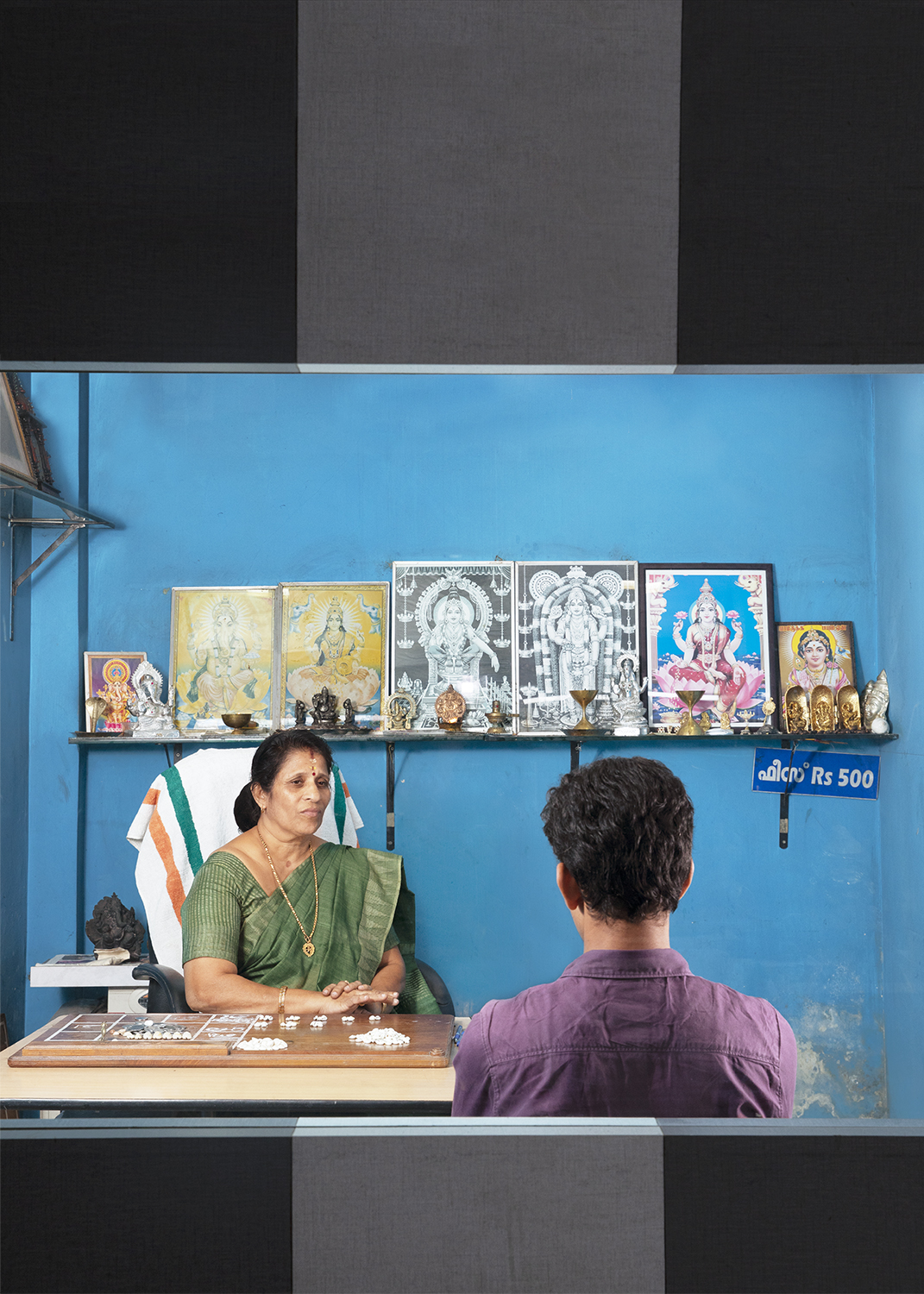
Photograph © Anouchka Renaud-Eck

Photograph © Anouchka Renaud-Eck
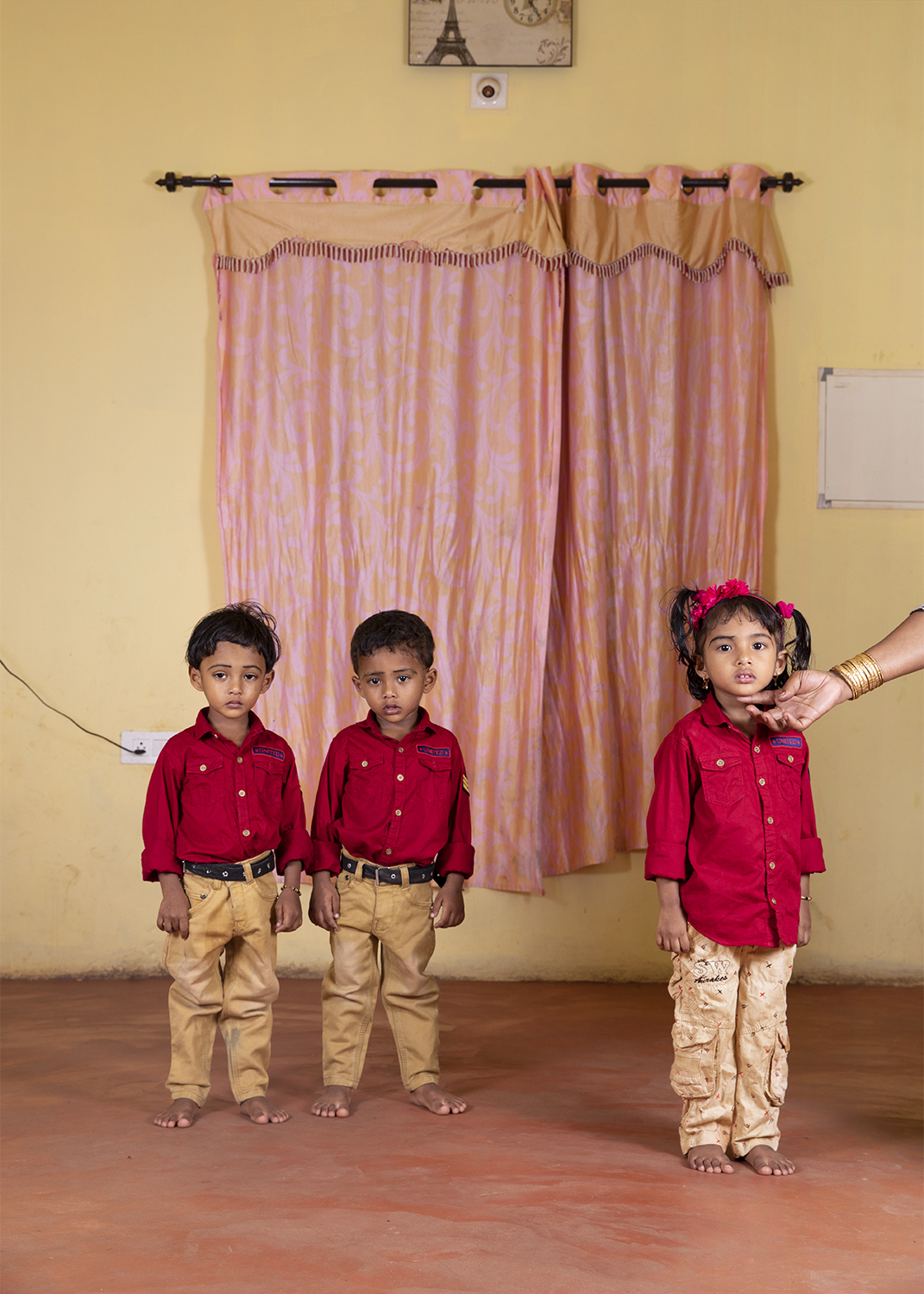
Photograph © Anouchka Renaud-Eck
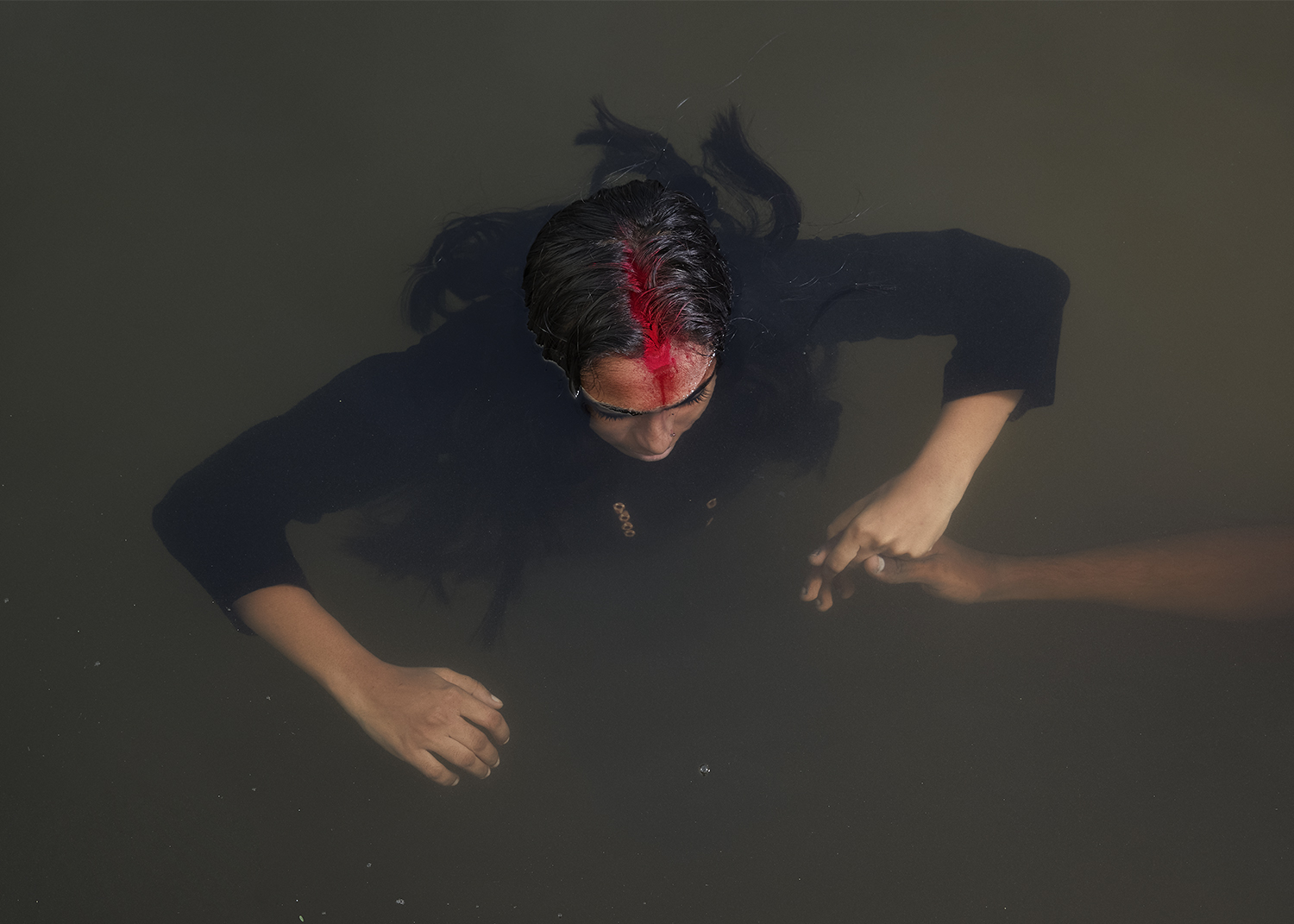
Photograph © Anouchka Renaud-Eck
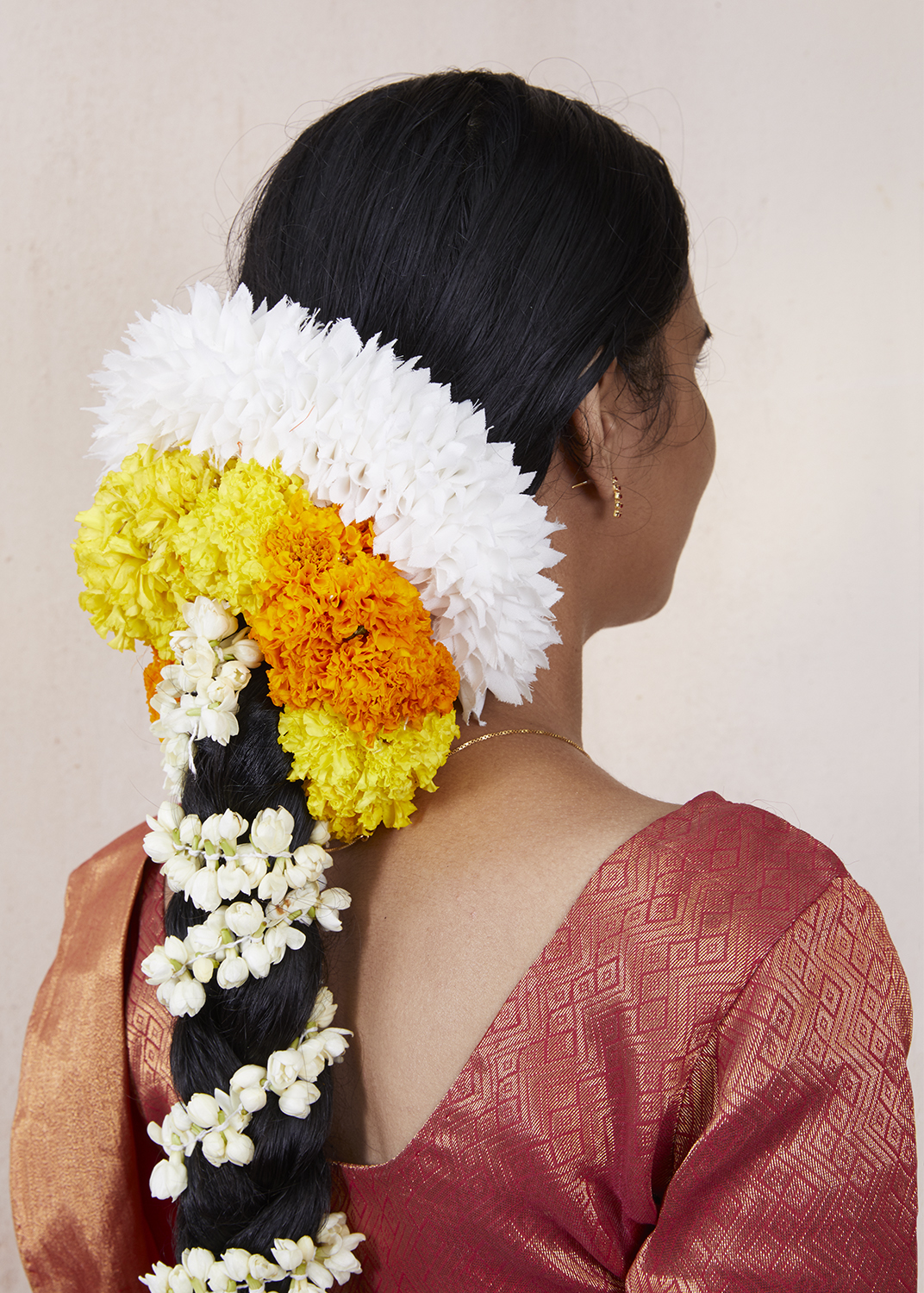
Photograph © Anouchka Renaud-Eck
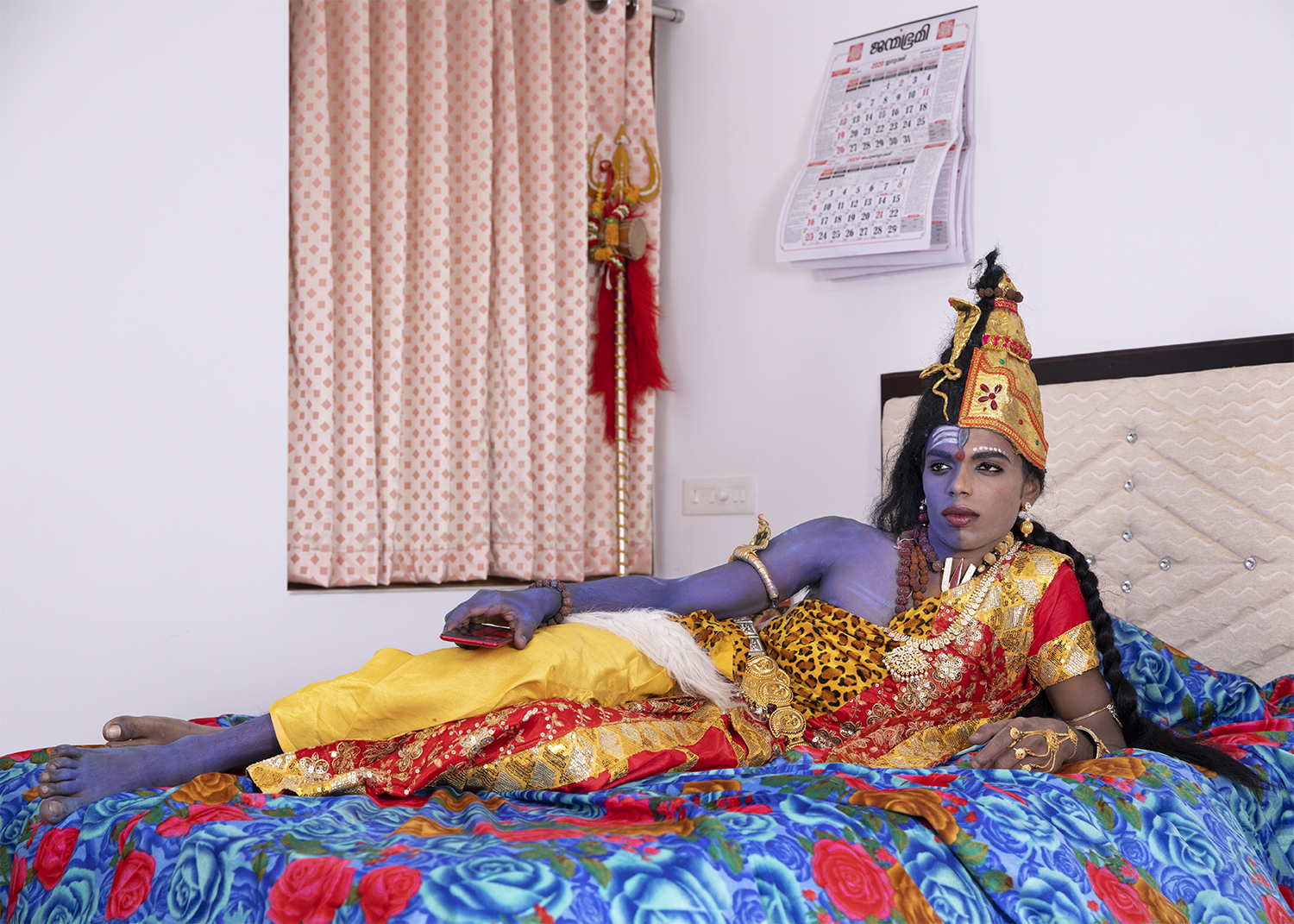
Photograph © Anouchka Renaud-Eck
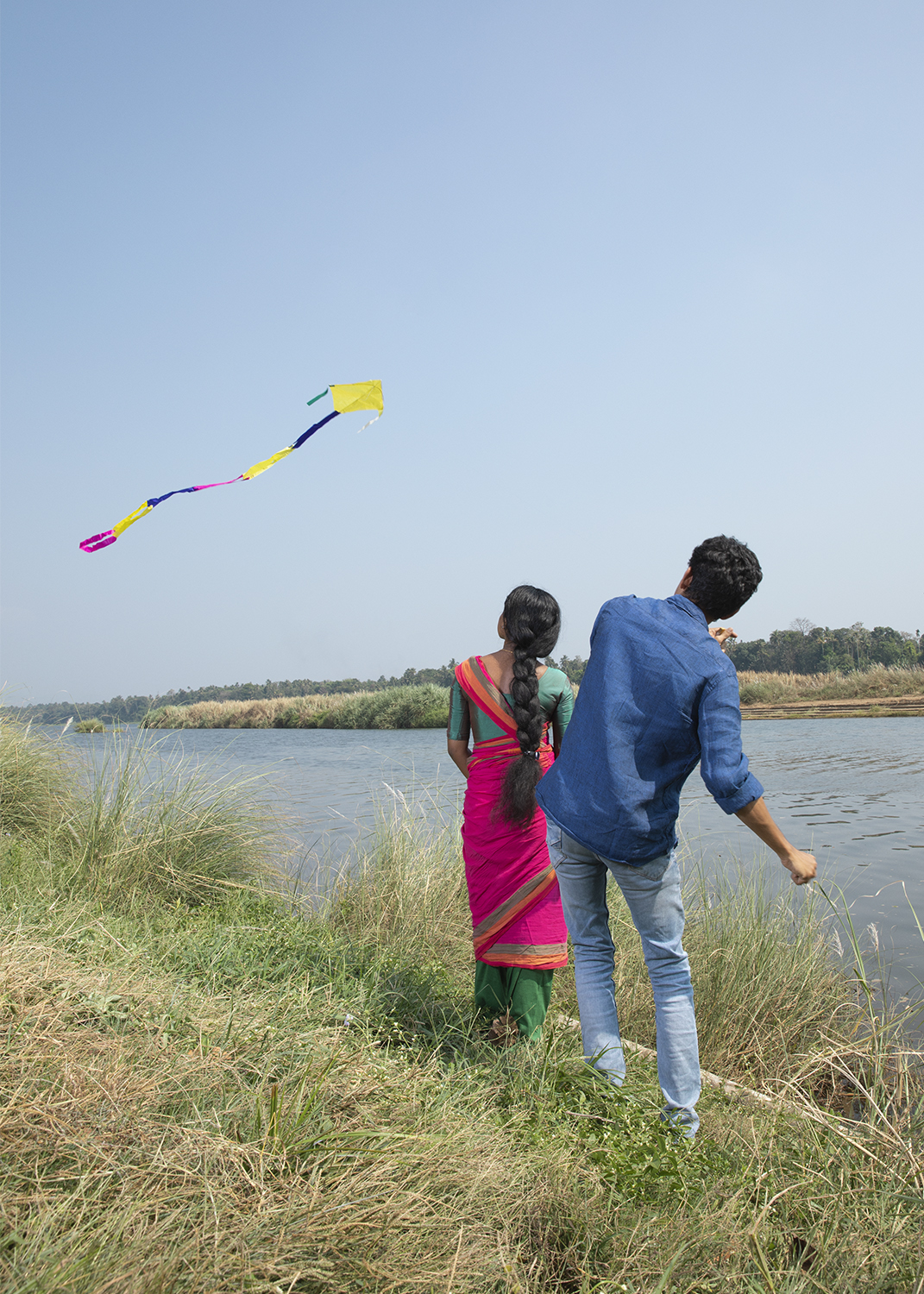
Photograph © Anouchka Renaud-Eck
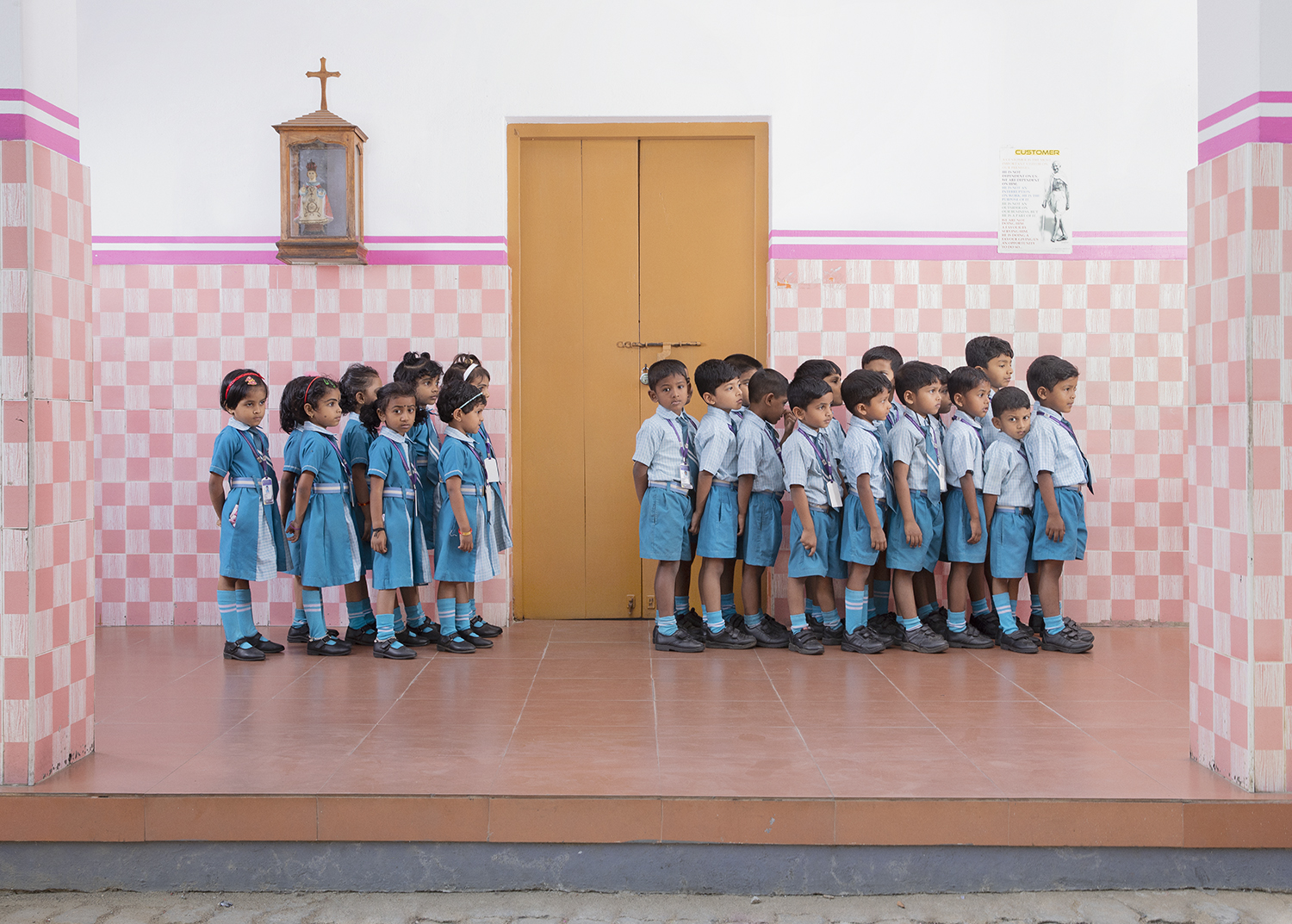
Photograph © Anouchka Renaud-Eck
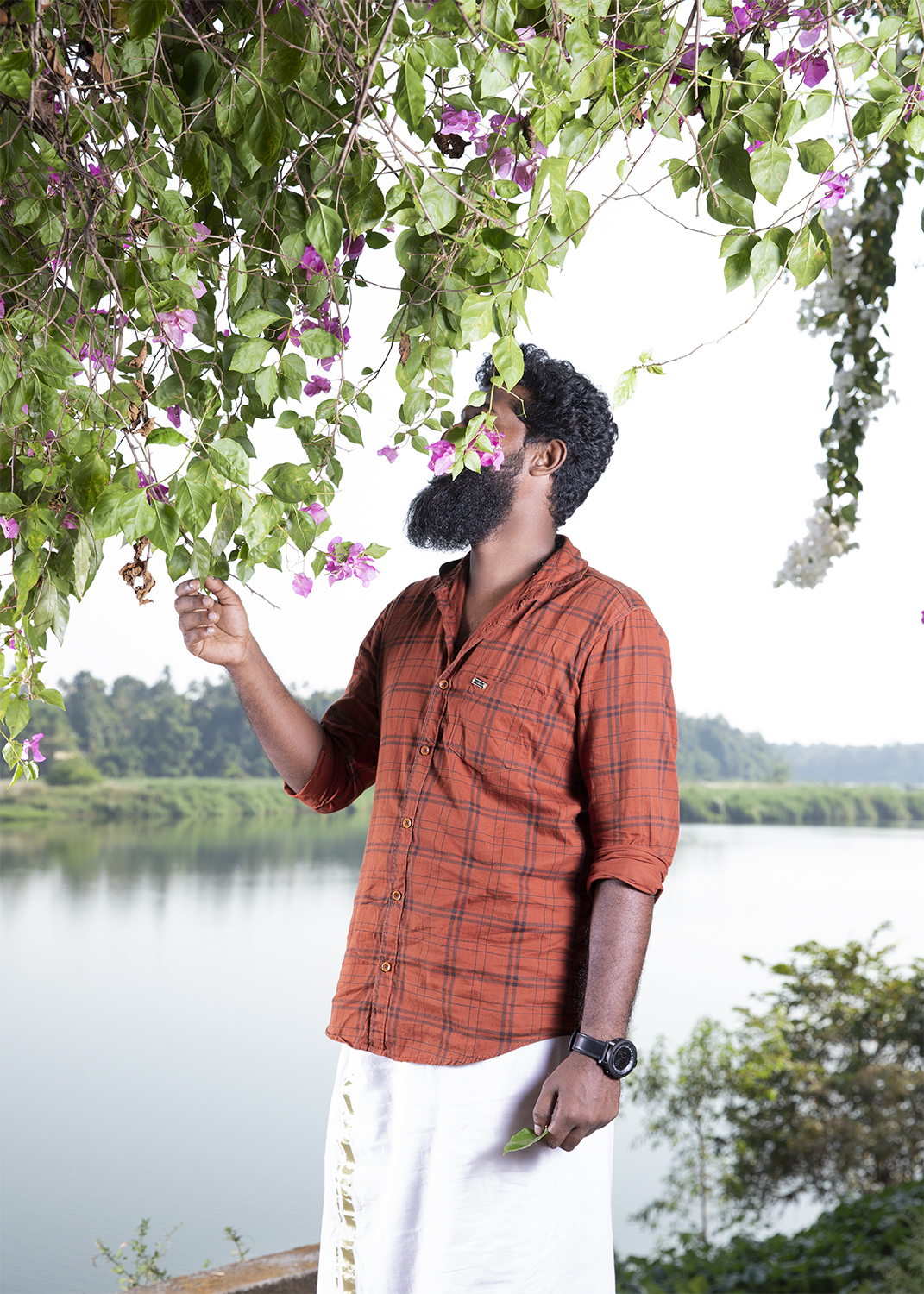
Photograph © Anouchka Renaud-Eck
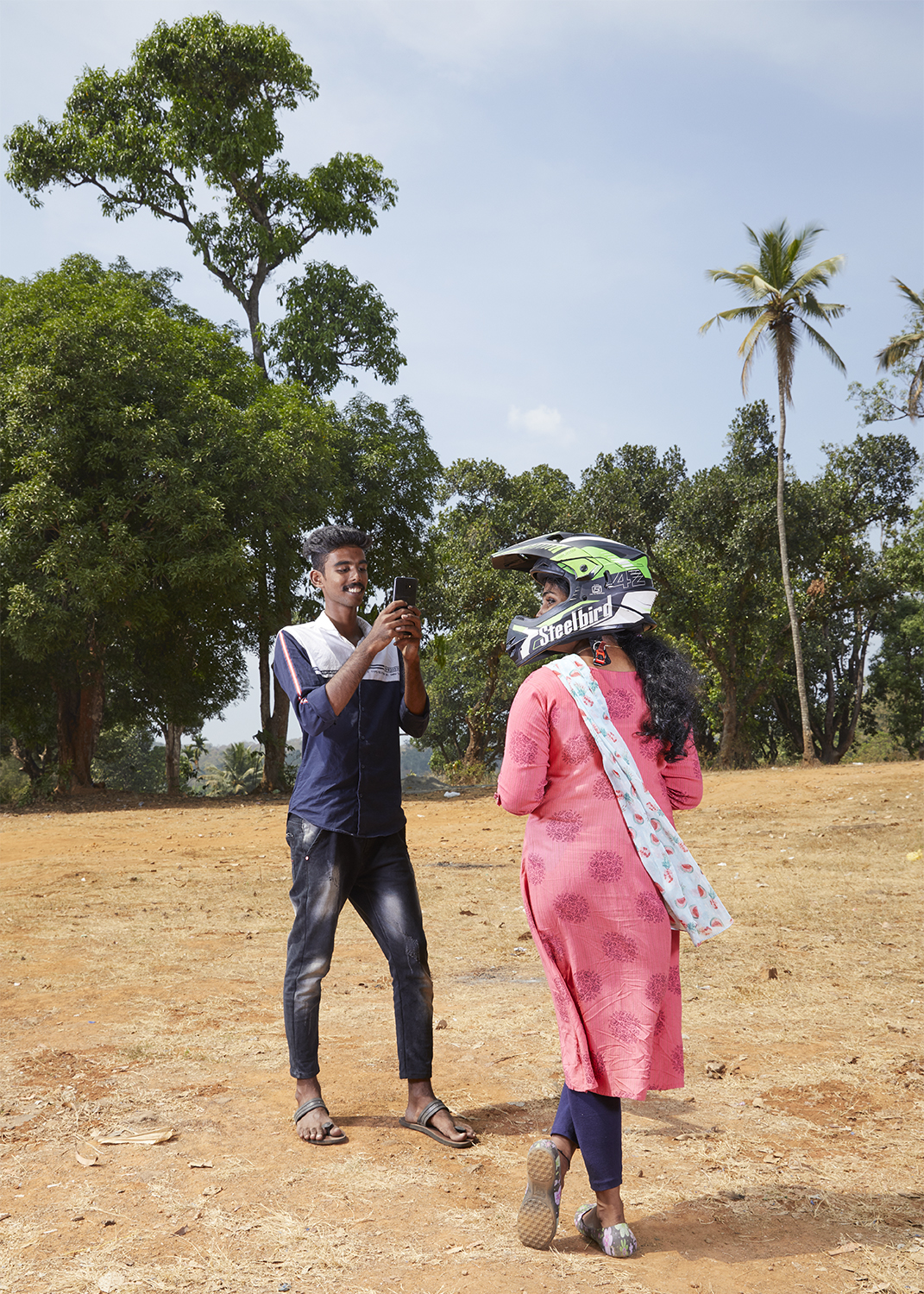
Photograph © Anouchka Renaud-Eck

Photograph © Anouchka Renaud-Eck
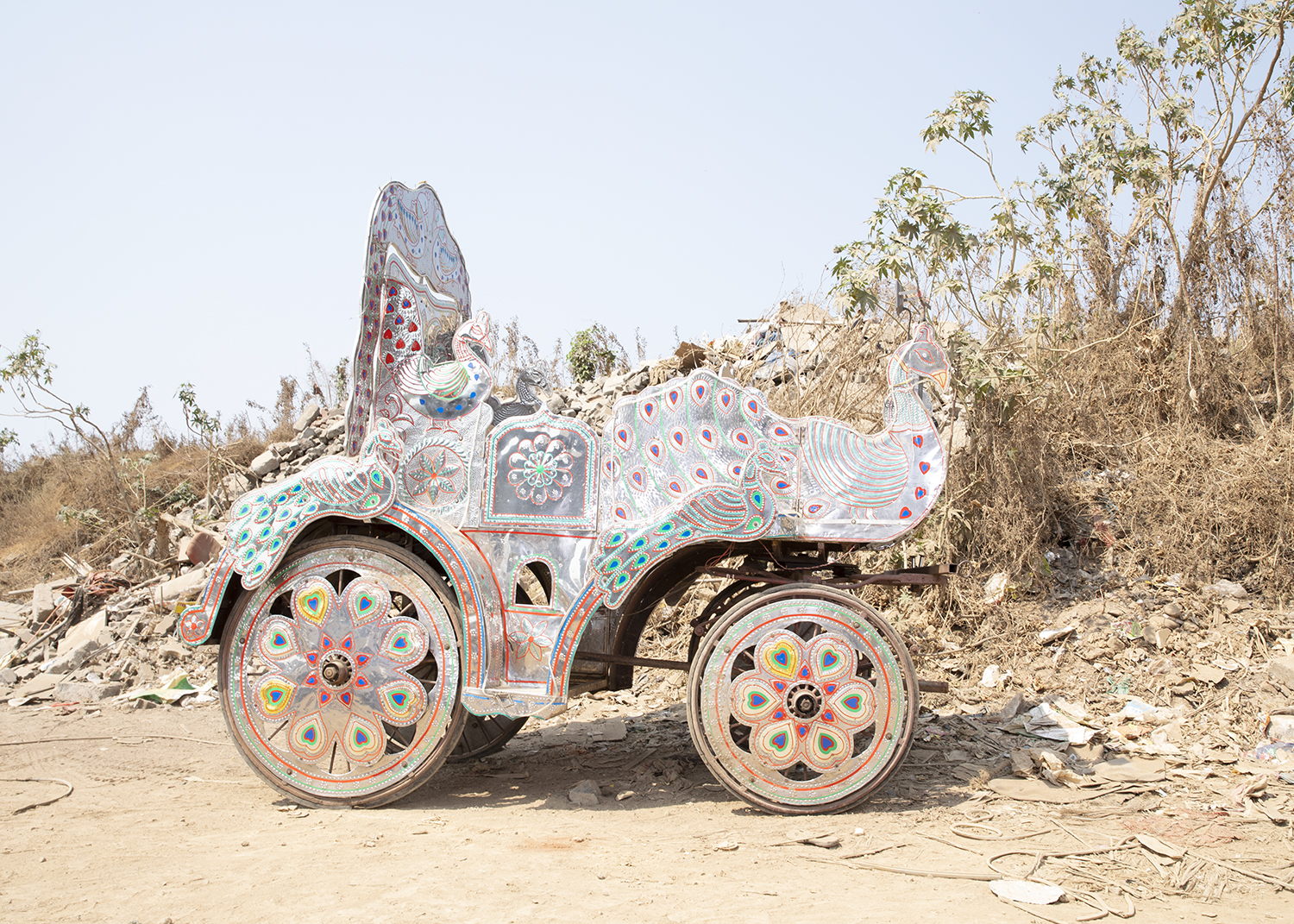
Photograph © Anouchka Renaud-Eck
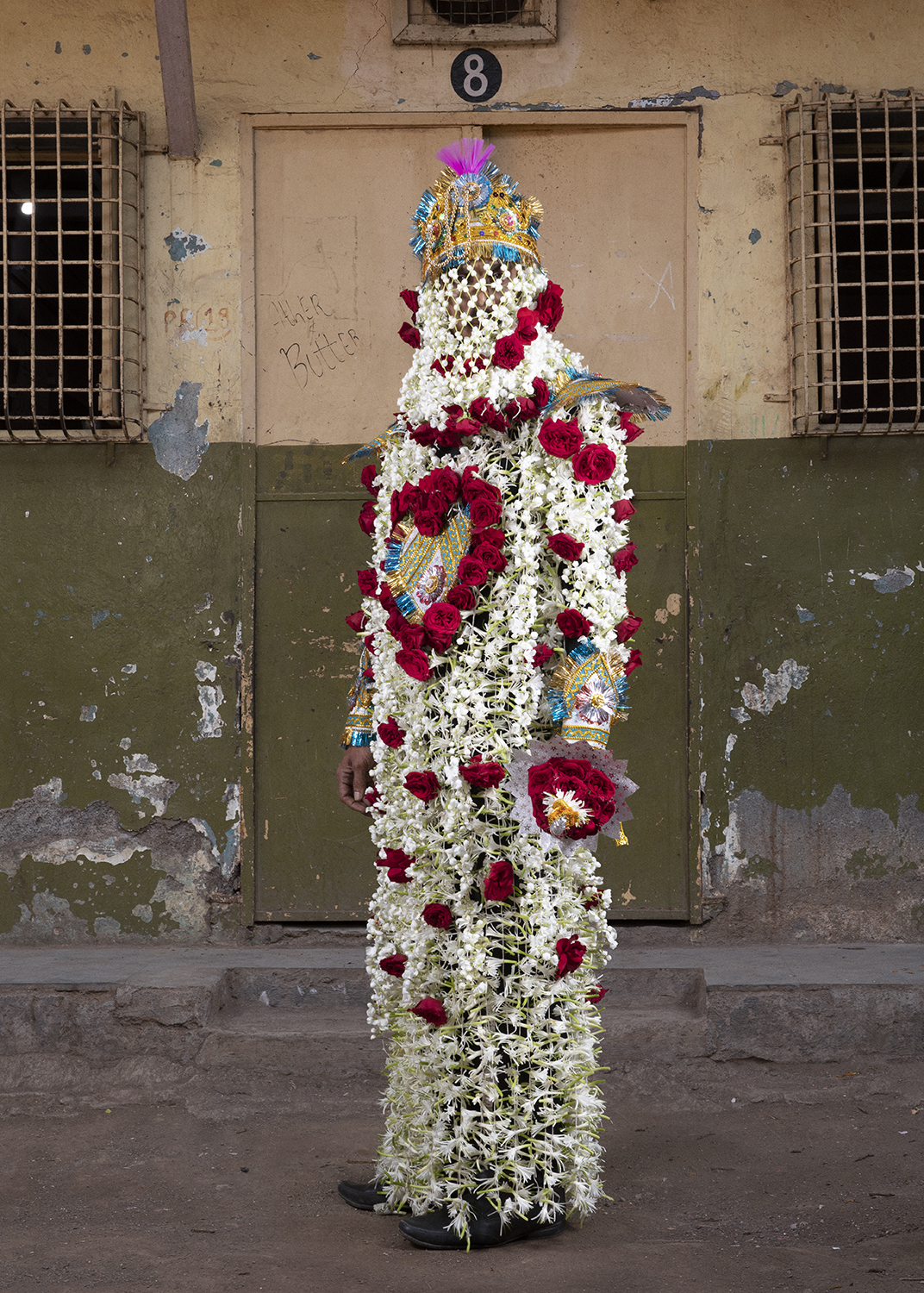
Photograph © Anouchka Renaud-Eck

Photograph © Anouchka Renaud-Eck
Copyright © 2022, PhotoSouthAsia. All Rights Reserved.
Since the invention of photography, there have been a great many artists from around the world who have been inspired to photograph on sojourns to South Asia. Some have visited once, others often or for long periods to work on their projects. These artists and their work in the region will be found on PhotoSouthAsia under Features.
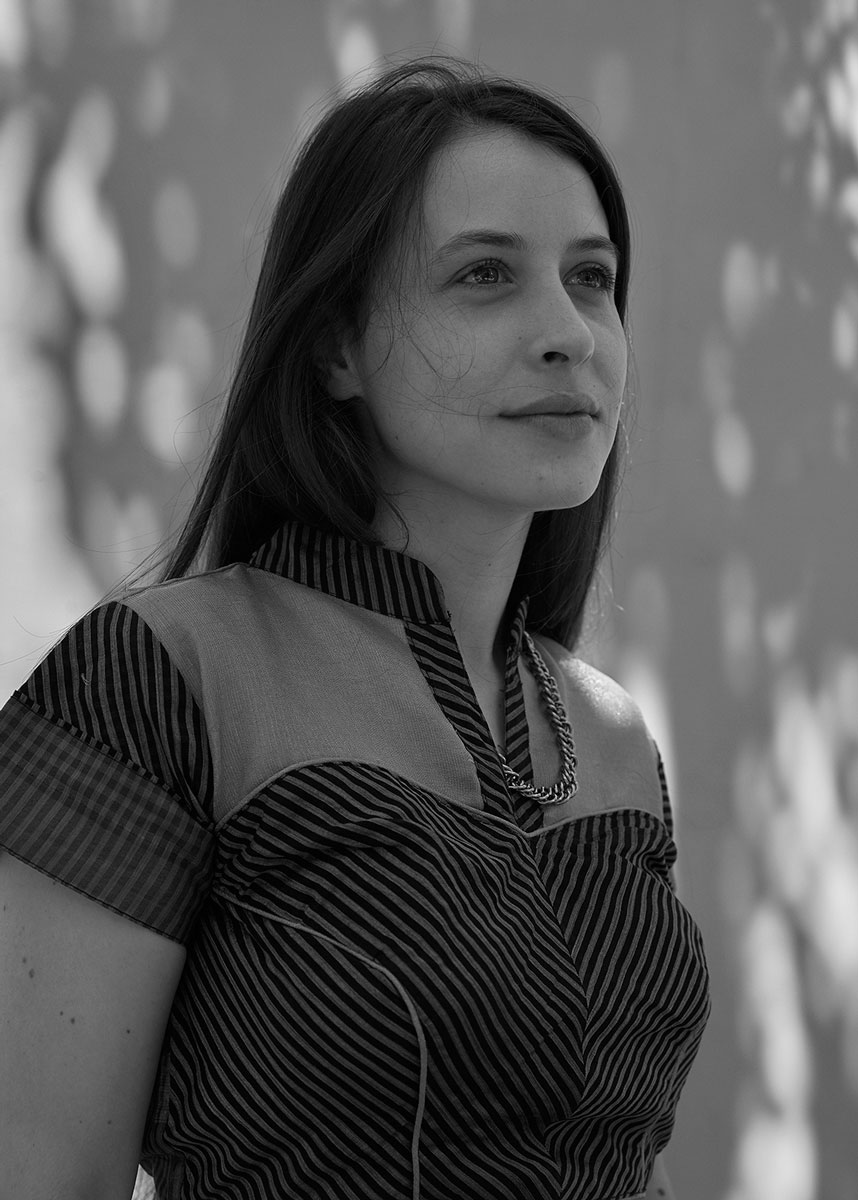 Copyright © Daragh Soden
Copyright © Daragh Soden
Anouchka Renaud-Eck (b. 1990) lives and works between Paris and India. Her photographic work questions and focuses on the construction of identity. She mainly concentrates on themes of duality, twinship, as well as the sense of belonging in a group or family. Since January 2020, she has been working on a long-term project called Ardhanarishvara, questioning the notion of perfect union through the prism of arranged marriages and love in India. She works primarily in portraiture and photographing the youth.
In 2021, Renaud-Eck was the winner of Women in Focus, BJP Single Image, U.K. & U.S., KLPA Project Grant, Kuala Lumpur, Malaysia, and the Spectrum Portfolio Prize, Format Festival, Derby, U.K. Also in 2021, she was a finalist in the Prix Levallois, Levallois, France, and runner up in the Aperture Portfolio Prize, NY. In 2020, she was a finalist in the 212 Photography Competition, Istanbul, Turkey.
In India, more than ten million couples are married every year. Of these, just one quarter are unions based on love. As a rite of passage to adulthood or as an alliance between two families, weddings are profound events for all of those involved, not just the bride and groom. Although traditions may vary in different regions or religions, the search for the wedding partner by the parents remains the same. Traditionally the future bride and groom must belong to the same caste and practice the same religion. They must have the same educational background but it is allowed for the groom to have a higher education than the bride. Hindus, however, must also have an astral compatibility certified by an astrologist. Moreover, age is a matter of great importance. In the wedding market, women have their best chance of getting married from the age of 21 to 25, while for men their best chance is from the age of 21 to 29. After these ages, it becomes difficult to find a partner.
This matrimonial quest is in effect a countdown for young people, who often try to put their teenage love affairs aside in order to honor their parents’ wishes. For many years, I have been going to India where I have made many friends. And through the years, the same stories have been written around me. The families from both sides arranged the majority of the marriages. However, the couples mostly accepted it because it allowed them a certain status in society. In this wedding race, many are left behind. Thus, on the eve of his 29th birthday, a friend of mine found himself on an intense quest to find a partner, after his family disapproved of his union with his girlfriend, fearing for his future that cannot be considered without a suitable partner. As I was facing a separation myself, and newly brokenhearted, I’ve started to question the notion of a union.
In Hindu mythology, Ardhanarishvara is one of Shiva’s forms in which he appears with his wife Parvati together as one body. This half-male and half-female form unites their two cosmic forces. The mythology tells many divine love stories that have similar outlines - union, separation, and reunion. A pattern that the film industry today utilizes in stories that are lapped up by contemporary young audiences. Is there no union without pain?
-----
At the time of our conversation with Anouchka, she was asked these questions about Ardhanarishvara.
PSA: What prompted or led you to make the work Ardhanarishvara in India?
AR-E: Several personal factors intertwined at the same time and gave birth to the project. While I was going through a separation in my personal life, a close Indian friend of mine found himself facing, at the dawn of his 29th birthday, the loss of his girlfriend since they did not belong to the same community and their families disapproved of their union. His parents, with whom I lived for a while, were then in an intensive search for a life partner for their son. His story was one of many similar stories that had been written around me over the previous years. Many Indian friends had to forget their teenage loves to meet their parents' expectations. While I was in India and shared the quotient of this friend and his family, all this made me question myself on the theme of union and its limitations. My questioning was translated into images obviously. It was quite cathartic and necessary.
PSA: Could you have done this work in any other region of the world?
AR-E: Union and loss are universal themes. Therefore, it certainly would have been possible to follow the traces of it elsewhere in the world. On the other hand, it seems to me that there is an objective reason and also a subjective reason for having chosen India. The stories of love and loss are omnipresent here as much in mythology as in popular culture, much more than in other countries I have known until now. Besides that, I couldn't have done this project without my personal life and friendships leading me directly to it at that moment. In a way, the project came to me much more than I went looking for it. This is probably the subjective reason why I started this long project in India.
PSA: How did you arrive at your unique understanding of the Ardhanarishvara, which is more of a philosophical construct that blurs traditional sex roles, and look at it through the lens of matrimony in India?
AR-E: Through the prism of mythology, I wanted to trace structures and forms of life that common people also share. I found in the figure of Ardhanarishvara the inspiration to follow this task, being in my eyes the symbol of the total and perfect union I was questioning - this indissociable whole to which we all aspire. In my eyes, the arranged marriage in India reflects this quest for perfect union with a process that is both materialistic and spiritual, which opens up an aesthetically very interesting field to photograph.
PSA: Since the third gender in India identify themselves with the Ardhanarishvara, do you intend to photograph them and their marriages for this project? Why/why not?
AR-E: Since the blessing of Hijras is quite common in the ceremony of traditional happy marriage, because they have within them the complete nature of Ardhanarishvara, I think it is important to include people who identify themselves with this community in the project as well. This project is a questioning of union and loss and does not exclude any individual. I will be happy if my future encounters allow me to meet people of the third gender about to get married, to photograph them outside the function that society gives them; that is to say as simple individuals outside any traditional categorization.
20 November